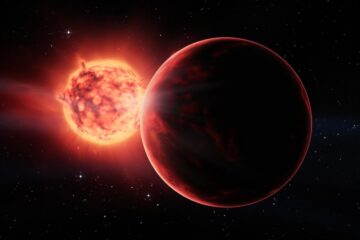A galaxy mysteriously clears the fog of the early universe according to NASA’s Webb telescope
Using the remarkable infrared sensitivity of NASA’s James Webb Space Telescope, scientists are gaining new insights into ancient galaxies, unlocking mysteries about the universe’s earliest days. Recently, an international team of astronomers made an unexpected discovery—a bright hydrogen emission coming from a galaxy that existed much earlier than anticipated. This Read more…




